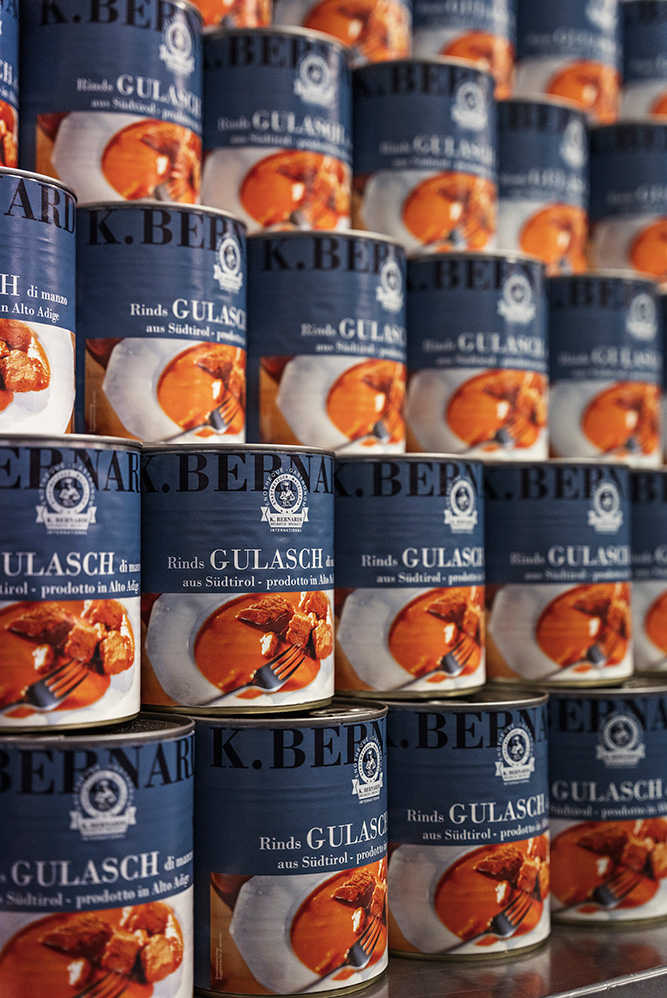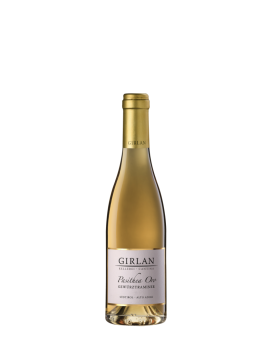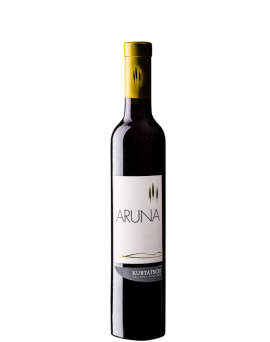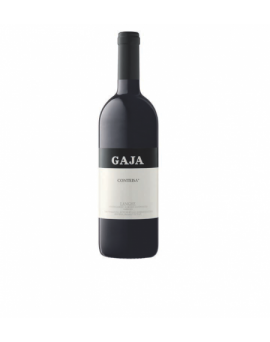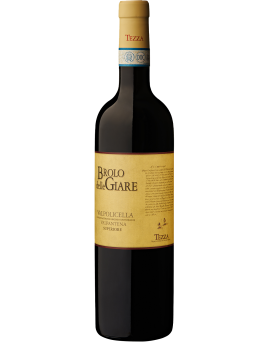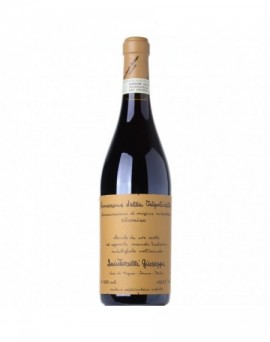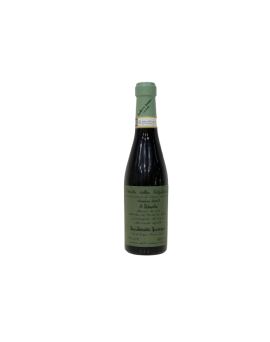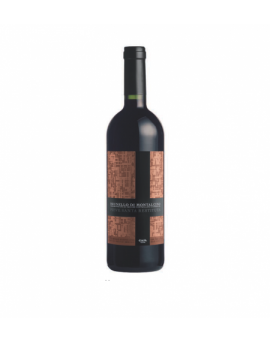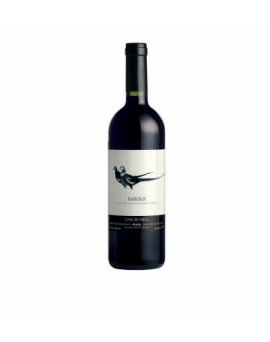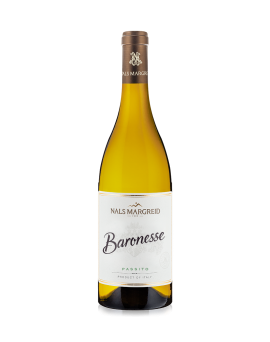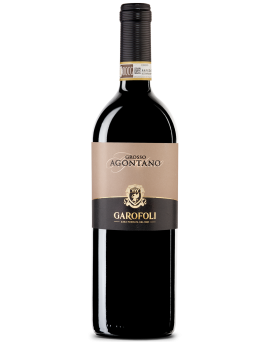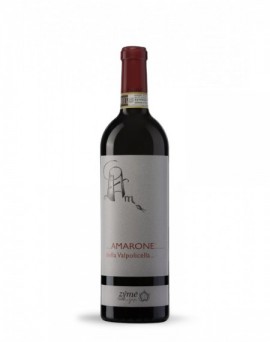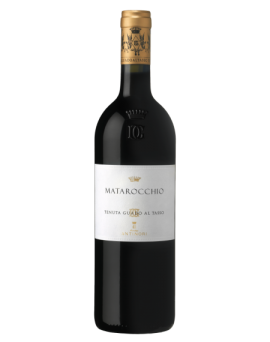Gewürztraminer Spätlese...
Pasithea Oro Gewürztraminer<br /><br />Classification: South Tyrol DOC<br /><br />Growing area: all the grapes used to produce this wine come from a single vineyard located near Lake Montiggl (Eppan). The particularity of this vineyard contributes to the<br />development of botrytis, which produces a great dessert wine.<br /><br />Vinification and ageing: the grapes are harvested by hand at the end of November and delivered in small containers. After a short maceration and gentle whole bunch<br />pressing, the must is clarified from the lees by natural sedimentation. Fermentation takes place over a period of 6 months in small oak barrels and ageing for 15 months also<br />takes place in small oak barrels.<br /><br />Wine portrait: Aromas of dried fruit, ripe apricots and quinces form the aroma components, rounded off with a fresh breeze of citrus fruits. In the mouth, the wine is soft, full,<br />with a pronounced sweetness, long-lasting in the finish. The Spätlese Pasithea Oro is drunk as a dessert wine with desserts, but it also goes perfectly with blue cheese,<br />mature and spicy cheeses. A unique pleasure!<br /><br />Wine-growing zone: Girlan, Montiggl<br />Grape variety: Gewürztraminer<br />Serving temperature: 10-12° C<br />Alcohol: 10,5 VOL %<br />Total acidity: 10,4 g/l<br />Residual sugar: 239 g/l<br />Shelf life: 10 years<br />
Price
€36.20

